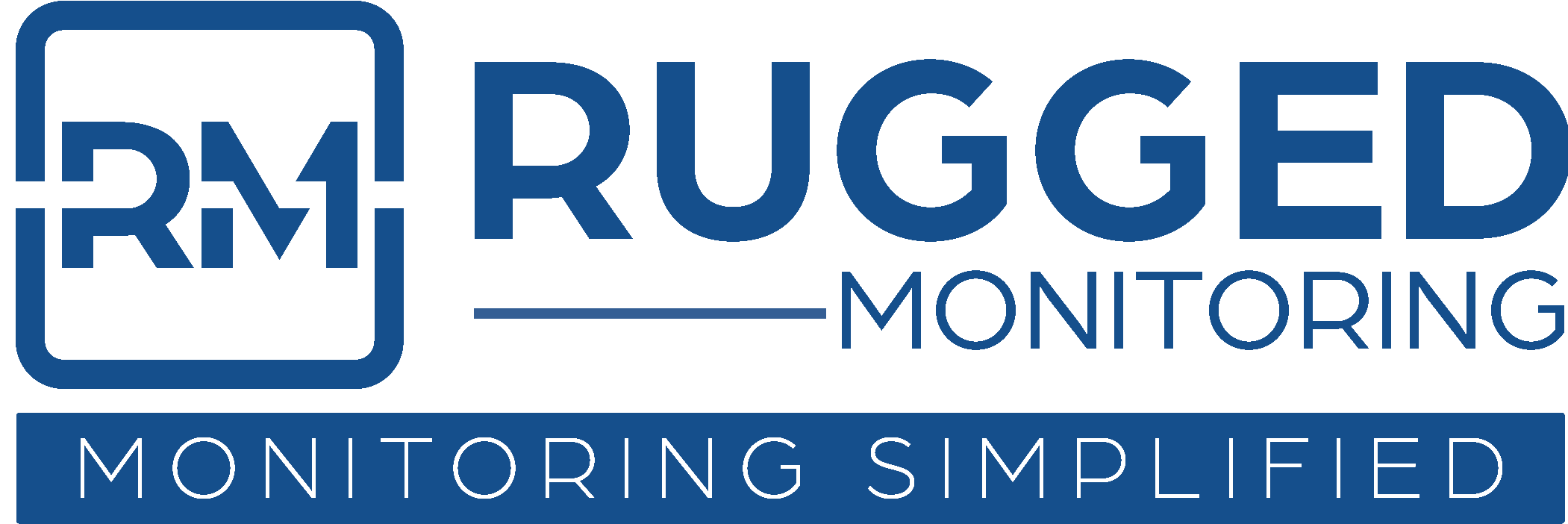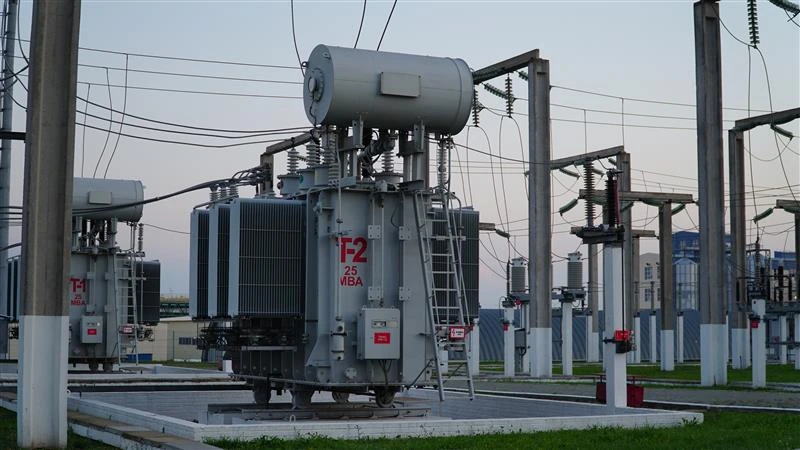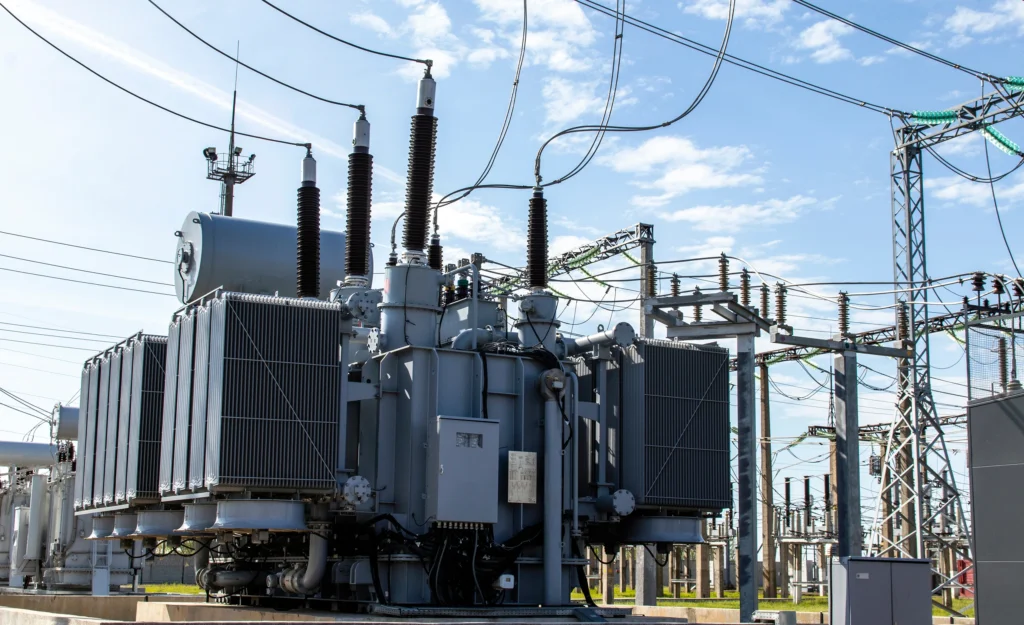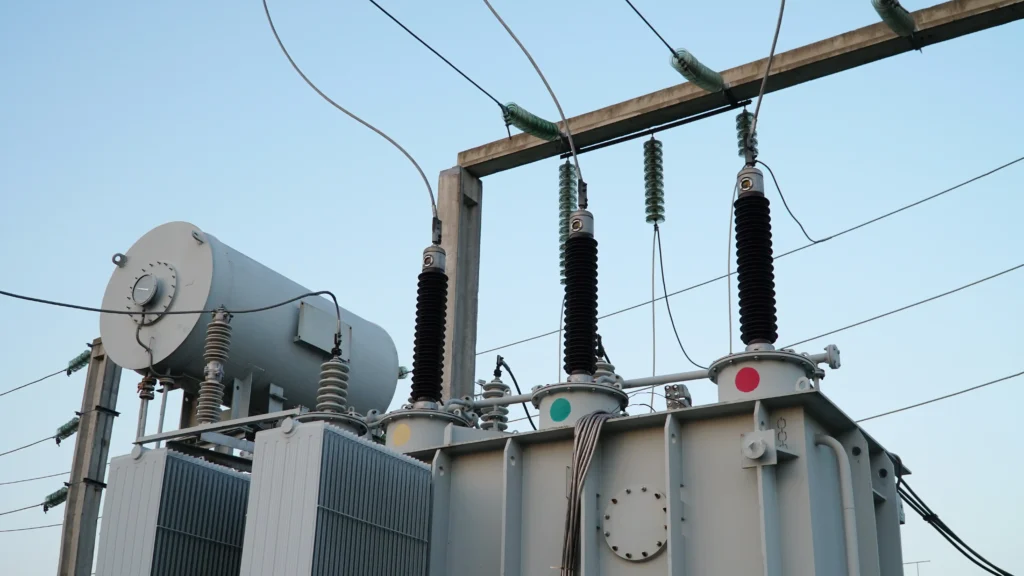Introduction
In an era where efficiency and reliability are at the forefront of industrial excellence, “Electrical Asset Management” (EAM) emerges as a cornerstone for enterprises aiming to optimize their electrical systems. This comprehensive system envelops the entire lifecycle of electrical assets, ensuring their optimal performance while mitigating operational costs and risks. Particularly, EAM plays a pivotal role in “Streamlining Operations & Maintenance,” the two critical components that directly influence an asset’s operational efficacy and longevity. By integrating sophisticated strategies such as predictive maintenance and condition monitoring, companies can significantly enhance their operational workflows, thereby reducing downtimes and boosting overall productivity.
The Significance of Electrical Asset Management
- Enhanced Reliability: Properly managed electrical assets are less likely to fail, leading to reduced downtime and increased productivity. This is particularly vital in critical industries such as manufacturing, healthcare, and telecommunications.
- Safety Assurance: Regular inspections and maintenance ensure that electrical systems are in compliance with safety standards, minimizing the risk of accidents or electrical hazards.
- Regulatory Compliance: Industries must adhere to various regulatory requirements regarding electrical infrastructure. Effective asset management helps in demonstrating compliance and avoiding potential penalties.
- Cost Savings: Proactive maintenance and monitoring of assets can prevent costly emergency repairs or replacements, ultimately leading to significant cost savings over time.
The Indispensable Role of EAM in Preventive Maintenance
In today’s fast-paced industrial ecosystem, Electrical Asset Management (EAM) stands as the vanguard ensuring the seamless operation of electrical assets. This comprehensive approach has been pivotal in shaping how companies maintain the health of their assets, ensuring longevity and optimal performance. Streamlining Operations & Maintenance, a core tenet of EAM, is central to this mission.
“Predictive Analytics”: A Proactive Approach
Predictive analytics, fueled by sophisticated algorithms and data-driven insights, forms the bedrock of modern Electrical Asset Management. By analysing vast datasets, it enables professionals, from transformer design engineers to facility managers, to anticipate potential failures or inefficiencies in their electrical systems. This proactive approach not only minimizes unplanned downtimes but also optimizes maintenance schedules, ensuring that assets remain operational for longer periods.
“Condition-Based Monitoring”: Real-Time Asset Health Insights
The dynamic nature of electrical assets demands real-time monitoring solutions. Condition-Based Monitoring, a standout feature of advanced Electrical Asset Management software, offers this capability. By constantly assessing parameters like temperature, voltage fluctuations, or vibrations, it provides instantaneous insights into an asset’s health. When anomalies arise, immediate alerts empower Electrical Engineers and Safety Inspectors to take swift corrective actions, enhancing the overall reliability of the asset and reducing potential hazards.
Implementing a “Risk-Based Maintenance Strategy”
A one-size-fits-all maintenance strategy is no longer viable, given the diverse array of electrical assets deployed in modern infrastructures. A risk-based maintenance strategy, a core component of Electrical Asset Management, addresses this challenge. By prioritizing assets based on their criticality and potential failure impacts, it ensures that key assets receive timely attention. This strategic approach is indispensable for Utility Companies and Industrial Plant Managers, ensuring that pivotal assets always operate at peak performance, while also optimizing resource allocation.
Empowering Personnel Through “Comprehensive Training Programs”
While technology plays a pivotal role in Electrical Asset Management, the human element remains equally crucial. Comprehensive training programs, tailored for the diverse audience from GIS design engineers to maintenance managers, ensure that personnel are equipped with the latest knowledge and best practices. By enhancing their skills and expertise, these programs not only ensure that assets are managed proficiently but also foster a culture of continuous improvement and innovation within the organization.
In essence, the integral role of Electrical Asset Management in preventive maintenance cannot be understated. By amalgamating advanced technologies with strategic approaches, it offers a robust framework that not only safeguards the health of electrical assets but also drives operational efficiencies. As the demands on electrical systems continue to grow, the significance of EAM, especially in streamlining operations & maintenance, will only become more pronounced, ensuring that industries can meet their objectives without compromising on asset health or performance.
CMMS: A Technological Boon for Electrical Asset Management
In the realm of Electrical Asset Management, the Computerized Maintenance Management System (CMMS) has emerged as a revolutionary tool, reshaping how companies manage and maintain their electrical assets. The integration of CMMS into the workflows of Asset Managers, Electrical Engineers, and Facility Managers has provided a robust platform to monitor the health of electrical assets effectively. Streamlining Operations & Maintenance has become significantly more efficient and data-driven, ensuring timely interventions and reduced downtimes.
Automated Scheduling and “Work Order Management”
One of the most compelling features of a CMMS is its capability to automate scheduling and manage work orders seamlessly. This ensures that maintenance tasks are timely, reducing the chances of unexpected asset failures. For substation managers and maintenance managers, this automated approach means fewer manual interventions, reducing human errors, and enhancing the overall efficiency of Electrical Asset Management.
“Inventory Control”: Ensuring Immediate Availability of Critical Components
Every minute lost due to unavailable spare parts can translate into significant operational losses. CMMS provides a robust “Inventory Control” mechanism, ensuring that critical components are always available. This not only reduces the downtime but also ensures that operations run smoothly, a crucial aspect for Utility Companies and Industrial Plant Managers who cannot afford prolonged disruptions.
“Maintenance Tracking”: Enhancing Accountability and Efficiency
“Maintenance Tracking” in a CMMS provides a transparent view of all maintenance activities. Whether it’s transformer design engineers or GIS design engineers, everyone can view the maintenance history, interventions made, and the current status of an asset. This not only enhances accountability but also aids in making informed decisions, optimizing the lifespan and performance of electrical assets.
Data-Driven Decision Making with “Real-Time Reporting”
The ability to make data-driven decisions is pivotal for Electrical Asset Management. CMMS, with its “Real-Time Reporting” feature, provides comprehensive insights into the health and performance of electrical assets. For consultants, contractors, and research institutions, this means access to a wealth of data, aiding in predictive analysis, trend identification, and strategic interventions.
CMMS stands as a testament to technological advancement in the domain of Electrical Asset Management. By integrating automation, real-time insights, and data-driven decision-making, it provides a holistic platform that addresses the myriad challenges faced by professionals in the industry. As the demands on electrical assets continue to grow, the role of CMMS in streamlining operations & maintenance will undoubtedly become even more pronounced, ensuring operational excellence and enhanced asset longevity.
Condition Monitoring Technologies: Enhancing Reliability and Safety
In the expansive world of Electrical Asset Management, the emphasis on preserving the health and functionality of electrical assets is paramount. With the surge of technological advancements, Condition Monitoring Technologies have emerged as game-changers. These technologies serve as the vanguard, ensuring that electrical assets operate optimally, thereby streamlining operations & maintenance and amplifying both reliability and safety.
“Vibration Analysis”: Detecting Unseen Issues
“Vibration Analysis” stands as a cornerstone in the toolkit of Electrical Asset Management. By assessing the oscillations and movements of electrical machinery, it is possible to detect issues that might otherwise go unnoticed. For transformer design engineers and facility managers, understanding these vibrational patterns can be instrumental in pre-empting potential failures, ensuring that assets remain in prime condition.
“Infrared Thermography”: A Non-Invasive Diagnostic Tool
Heat is often a telltale sign of underlying issues in electrical systems. “Infrared Thermography” offers a non-invasive way to visually identify hotspots that might indicate wear, friction, or other problems. Electrical design consultants and safety inspectors particularly value this technology for its ability to pinpoint problematic areas without disrupting the ongoing operations of the asset.
“Oil Analysis”: Prolonging Asset Lifespan
For many electrical assets, the quality and condition of insulating oils play a critical role in performance. “Oil Analysis” allows Asset Managers and Energy Managers to gauge the purity and effectiveness of these oils, ensuring that they haven’t degraded over time. By monitoring and maintaining oil quality, it becomes feasible to extend the lifespan of assets and reduce the likelihood of unexpected failures.
“Ultrasonic Testing”: For Detailed Asset Inspection
Delving deeper into the condition of electrical assets requires precision. “Ultrasonic Testing” provides this precision, offering detailed insights into the internal structure of assets. Whether it’s detecting cracks, imperfections, or other internal anomalies, GIS design engineers and substation managers can leverage ultrasonic insights to make informed decisions about maintenance and potential replacements.
In essence, Condition Monitoring Technologies have reshaped the landscape of Electrical Asset Management. By offering precise, timely, and actionable insights into the state of electrical assets, they ensure that operations remain streamlined, and assets function at their peak. The net result is an environment where safety is maximized, downtimes are minimized, and the overall health of electrical assets is consistently maintained at optimal levels.
The Transformational Impact of AI and Smart Sensors
Electrical Asset Management has always been a meticulous process, requiring precise monitoring and maintenance of assets to ensure their longevity and efficacy. With the advancement of technology, Artificial Intelligence (AI) and Smart Sensors have ushered in a new era, revolutionizing the approach to managing and monitoring electrical assets, thereby streamlining operations & maintenance.
“Predictive Failure Analysis”: Avoiding Unplanned Downtimes
The integration of AI in “Predictive Failure Analysis” has significantly improved the predictability of asset failures. By analyzing historical data and current performance metrics, AI algorithms can forewarn facility managers and electrical engineers about potential breakdowns, enabling proactive measures. The result? A significant reduction in unplanned downtimes, ensuring continuous operations and efficient Electrical Asset Management.
“Real-Time Performance Data”: For Immediate Maintenance Actions
Smart sensors equipped with the capability to provide “Real-Time Performance Data” have become indispensable for Electrical Engineers and Maintenance Managers. These sensors offer real-time insights into the health and performance of electrical assets, enabling immediate maintenance actions when anomalies are detected. Such immediacy not only prevents potential failures but also optimizes the performance of the asset, ensuring its longevity.
“Energy Consumption Monitoring”: Optimizing Energy Usage
For Utility Companies and Energy Managers, monitoring energy consumption is paramount to both cost savings and sustainable practices. With the introduction of AI-driven “Energy Consumption Monitoring”, it’s now possible to gauge the energy usage patterns of electrical assets. Such insights can lead to informed decisions, optimizing energy consumption, reducing costs, and contributing to sustainable Electrical Asset Management.
Leveraging “Machine Learning” for Dynamic Maintenance Schedules
The traditional approach to maintenance was either reactive or based on fixed schedules. With the advent of “Machine Learning”, Electrical Asset Management has seen a paradigm shift. AI algorithms, through continuous learning from data, can create dynamic maintenance schedules tailored to the individual needs of each asset. This ensures that maintenance is carried out just in time, avoiding over-maintenance and ensuring that assets are always in optimal condition.
The infusion of AI and Smart Sensors into Electrical Asset Management has not only enhanced the precision and efficiency of asset monitoring but also ushered in proactive and predictive maintenance approaches. The result is a more streamlined, cost-effective, and efficient asset management process that ensures the health and longevity of electrical assets.
Streamlining Operations: A Holistic Organizational Approach
In Electrical Asset Management, streamlining operations is not just about incorporating advanced technologies but also about adopting a holistic organizational approach. This approach encompasses everything from standardizing procedures to ensuring regulatory compliance, all aimed at enhancing the overall health and performance of electrical assets.
“Standardized Maintenance Procedures”: Consistency Meets Efficiency
One of the cornerstones of efficient Electrical Asset Management is the establishment of “Standardized Maintenance Procedures”. By ensuring consistency across all maintenance activities, organizations can enhance efficiency, reduce errors, and ensure that every asset receives the care it needs. Standardization not only ensures that each task is executed correctly but also optimizes resources and time, further streamlining operations & maintenance.
“Interdepartmental Collaboration”: Bridging Gaps in Operations
“Interdepartmental Collaboration” has emerged as a crucial aspect of streamlining operations in Electrical Asset Management. When departments like engineering, operations, and maintenance work in harmony, it results in a seamless flow of information, better decision-making, and efficient asset management. This collaboration ensures that all facets of the organization are aligned in their goals and approach, bridging any operational gaps that might exist.
“Continuous Improvement Process”: The Path to Operational Excellence
In the dynamic world of electrical assets, staying stagnant is not an option. Implementing a “Continuous Improvement Process” allows organizations to constantly evaluate their operations, identify areas of improvement, and implement changes that enhance efficiency and effectiveness. By continuously refining processes and methodologies, organizations can ensure they remain at the forefront of operational excellence in Electrical Asset Management.
“Regulatory Compliance”: Mitigating Legal Risks and Ensuring Safety
Safety and compliance cannot be compromised in Electrical Asset Management. “Regulatory Compliance” plays a pivotal role in ensuring that all operations and maintenance activities adhere to industry standards and legal requirements. By doing so, organizations not only mitigate legal risks but also prioritize the safety of their personnel and the longevity of their assets. Regular audits and checks ensure that all procedures are compliant and that the organization remains in good legal standing.
Streamlining operations in Electrical Asset Management is a multifaceted endeavor, requiring both technological and organizational strategies. By standardizing procedures, fostering collaboration, committing to continuous improvement, and ensuring regulatory compliance, organizations can truly optimize the health and performance of their electrical assets.
The Strategic Advantages of a Centralized Asset Database
The health and performance of electrical assets remain pivotal for any organization’s operational efficiency. As Electrical Asset Management evolves, there’s a growing emphasis on the benefits derived from a centralized asset database. Such a system can significantly augment the efficiency of streamlining operations & maintenance.
“Single Source of Truth”: Enhancing Data Accessibility and Accuracy
A centralized asset database serves as a “Single Source of Truth”, ensuring that asset managers and other stakeholders access consistent and accurate data. This centralized approach eliminates discrepancies arising from multiple data sources, fostering trust in the data’s integrity. For Electrical Asset Management, having a reliable and unified database can greatly enhance decision-making processes, reduce errors, and streamline operations.
“Asset Lifecycle Tracking”: From Installation to Decommissioning
Understanding an electrical asset’s entire lifecycle, from its installation to its decommissioning, is crucial. With a centralized database, “Asset Lifecycle Tracking” becomes streamlined. Stakeholders can easily monitor and assess an asset’s health, performance, and maintenance history. This comprehensive view aids in predicting potential issues, scheduling maintenance, and making informed decisions regarding the asset’s future.
“Performance Benchmarking”: Setting Standards, Identifying Gaps
“Performance Benchmarking” is another strategic advantage offered by a centralized asset database. By collating data on all assets, organizations can set performance standards and benchmarks. Comparing individual asset performance against these benchmarks can identify gaps, inefficiencies, or areas needing improvement. In the realm of Electrical Asset Management, such benchmarking can guide interventions, leading to enhanced asset health and longevity.
“Customized Reporting”: For Stakeholder-Specific Insights
Diverse stakeholders, from substation managers to GIS design engineers, require tailored insights from the asset database. A centralized system facilitates “Customized Reporting”, allowing data extraction and analysis based on individual stakeholder needs. This ensures that every professional, be it a transformer design engineer or a facility manager, receives pertinent insights, aiding them in their specific roles.
A centralized asset database isn’t just a data repository; it’s a strategic tool that can revolutionize Electrical Asset Management. From ensuring data accuracy to providing a holistic view of an asset’s lifecycle, this approach is instrumental in optimizing the health and performance of electrical assets.
Conclusion
Streamlining operations and maintenance through Electrical Asset Management is no longer a choice, but a strategic imperative in the contemporary industrial landscape. By harnessing advanced technologies and implementing systematic approaches, companies can expect not just substantial cost savings, but also enhanced reliability and extended asset lifespans. Moreover, the integration of AI and predictive analytics has opened new horizons for pre-emptive maintenance, significantly reducing the likelihood of unplanned downtimes. As industries evolve, the adoption of these sophisticated systems is not just about staying competitive. It’s about redefining operational efficiency, ensuring safety, and ultimately, fortifying the backbone of industrial functionality.



